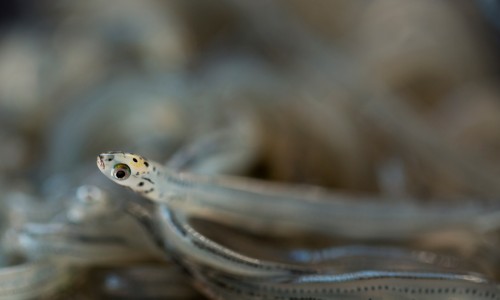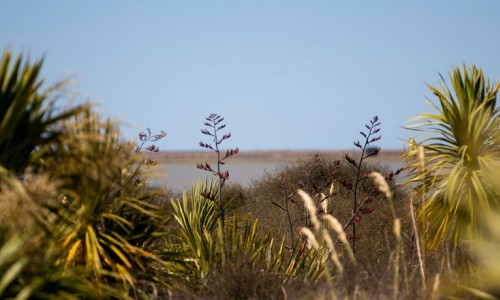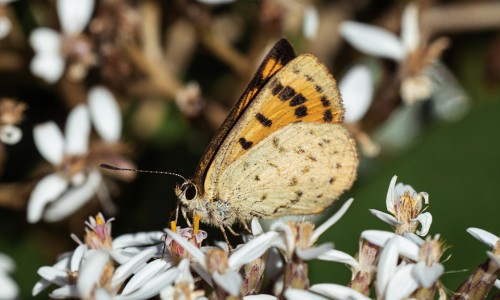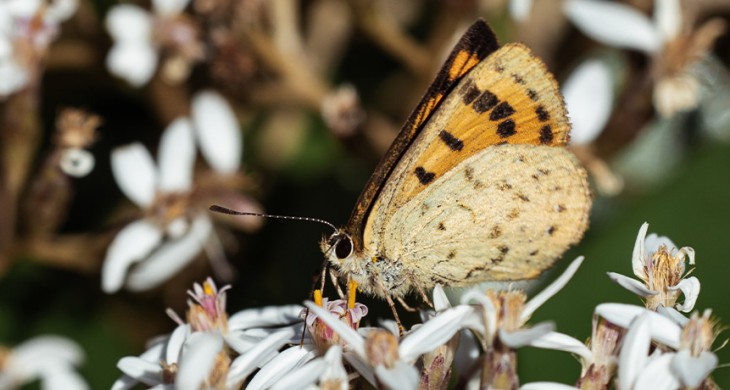Te Waihora/Lake Ellesmere is of outstanding national and international importance for wildlife
Te Waihora is fed by over 40 streams and rivers. It is an internationally significant wetland, recognised for its cultural significance and outstanding native vegetation and wildlife values.
The lake supports a large variety of habitats, leading to high biological diversity and it is home to many migratory wader bird species and threatened indigenous species. In addition, Kaitorete Spit, the 25km-long barrier that separates Te Waihora from the ocean, contains the most significant coastal sand dune system in Aotearoa New Zealand, both in terms of its size and condition and its diversity of invertebrates.
The shallow coastal lagoon, and associated wetland environment of Te Waihora, is recognised as the single most diverse bird habitat in the country. 166 species of birds have been recorded here, including 133 indigenous species - with up to 98,000 birds on the lake at one time. At least 37 species breed in the lake and are resident during the year, some flying in from as far away as Russia, China and Canada.

The Fish Basket of Rākaihautū
The lake supports a diverse range of introduced and native fish including īnanga/whitebait and tuna/eel. Forty-seven species of fish, including 27 freshwater species and 20 marine species, have been recorded in Te Waihora and its tributaries. Fish species include exotic species such as trout and salmon and at times basking sharks and stingrays have also been spotted in the lake.

Lakeshore vegetation
The lake has diverse plant communities with each one influenced by variations in salinity, elevation, sediment, soil type and lake level.

Invertebrates
In addition to the unique wetland vegetation, algae, bird species and fish, Te Waihora is home to an aquatic community of insects, lizards and other vegetation that all make up the lake food chain.
Wetlands
Loss of wetland margins threatens native vegetation and has reduced tuna/eel habitat and habitat for key bird species. Loss of aquatic plant beds has also reduced the tuna/eel’s habitat and led to very turbid (dirty) water along the shoreline. Animal pests threaten native vegetation and some key bird species. Exotic willow infestations are threatening native vegetation and some key bird species habitat.

